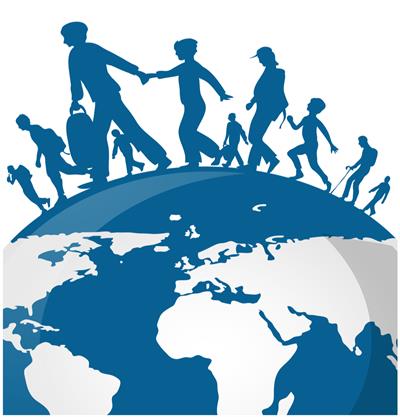
PUMPA - SMART LEARNING
எங்கள் ஆசிரியர்களுடன் 1-ஆன்-1 ஆலோசனை நேரத்தைப் பெறுங்கள். டாப்பர் ஆவதற்கு நாங்கள் பயிற்சி அளிப்போம்
Book Free DemoMigration can be classified based on the willingness of the migrants and the movement associated with administrative limits.
Based on the movement associated with administrative limits
In other words, internal migration refers to a change of residence within national boundaries, i.e. inter-state, inter-province, inter-city, or municipalities. An internal migrant is someone who moves to a different administrative territory.
Based on the origin and destination of migrants, internal migration is further classified into four categories.
- Rural to Urban Migration: The movement of population from rural areas to the nearby towns and cities mainly in search of better livelihood and standard of living, i.e. employment, education and recreation facilities.
- Urban to Urban Migration: The migration between one urban centre to the other in search of higher salaries and a new market for business opportunities.
- Rural to Rural Migration: Mostly sociological factors like marriage, and sometimes in search of fertile land for cultivation.
- Urban to Rural Migration: The movement from urban centres to rural areas to get rid-off the urban problems and returning to native place after retirement from jobs. Rural to urban migration is the most common one.

(ii) International migration – Migration that occurs across the national boundaries, i.e. from one country to another, is known as international migration.
In 2017, India was the largest country of origin of international migrants (17 million), followed by Mexico (13 million) (International
Migration Report, 2017).
Migration Report, 2017).